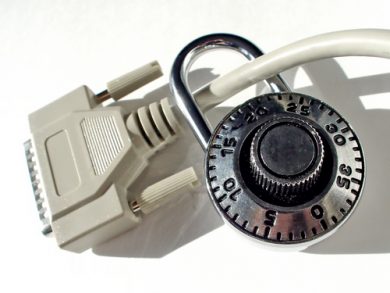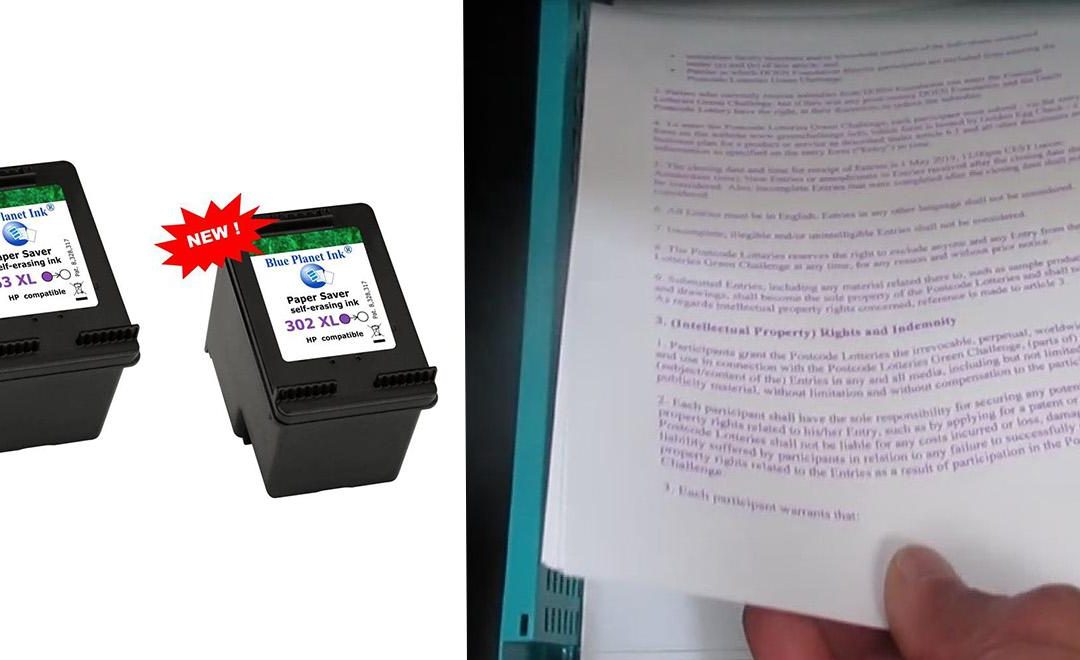
A team from the Technical University of Dresden has discovered how to defeat “the unique identifiers that printers can add to documents for security purposes”, as The Register reports.
The original purpose of these unique identifiers is to defeat counterfeiters, as the extra dots added by printers can “help identify which device printed a document”.
However, four researchers from the Dresden university may have significantly diluted the potency of this security technique, as they have presented a paper which reveals their belief that they have “cracked the challenge of knowing how to anonymise printed documents”.
Presented to the Association of Computer Machinery’s 6th ACM Workshop on Information Hiding and Multimedia Security, held in Innsbruck last month, the quartet’s paper explained how they tested “1,268 documents printed on machines from 18 manufacturers, creating an extraction algorithm to identify well-known dot-patterns”. Simultaneously they found “four previously undiscovered patterns coding at 48, 64, 69 and 98 bits.”
The uncovering of these new patterns is an important breakthrough as “an activist in a dictatorship could easily be unmasked by their printer”.
The group of researchers is able to obfuscate the printer dot-codes by using their algorithm to identify the pattern being used, then taking “a mask of all possible dot locations in that pattern” and adding extra dots “that conform to the layout, but render the code meaningless.”
They have made an obfuscation toolkit available here.








